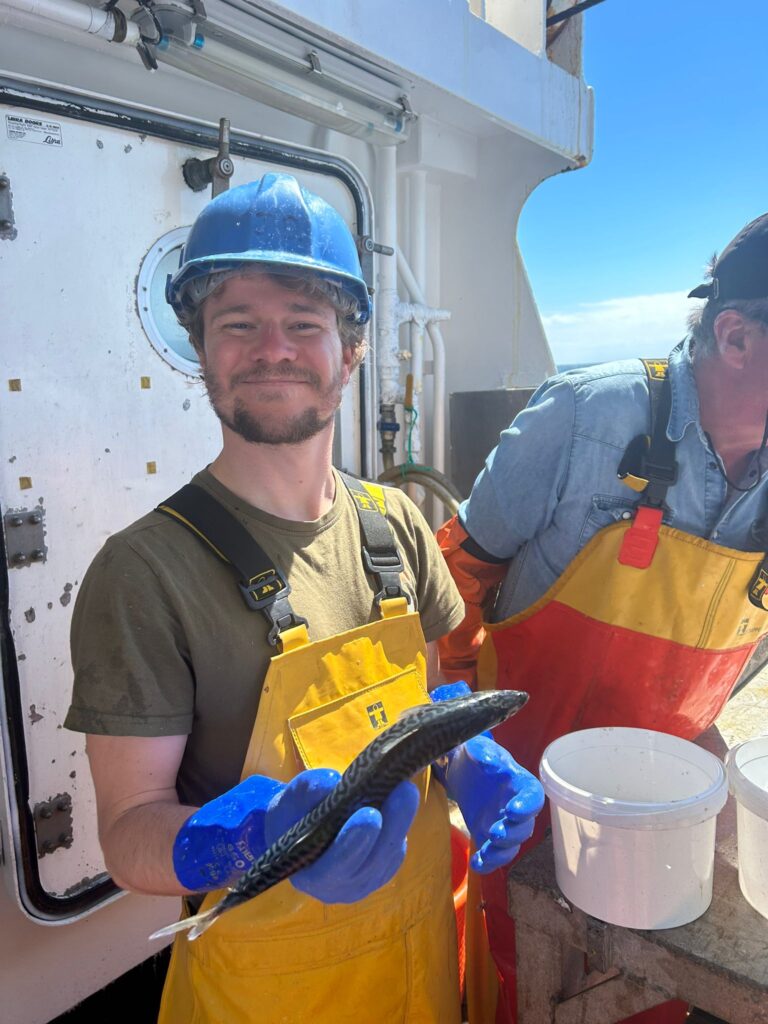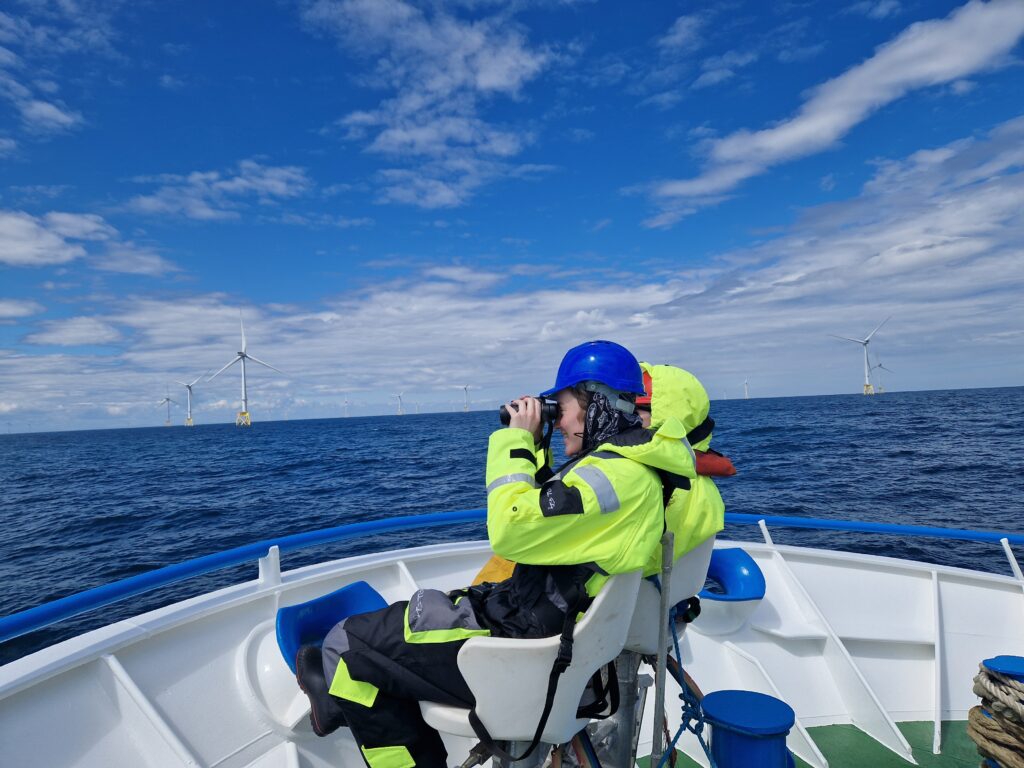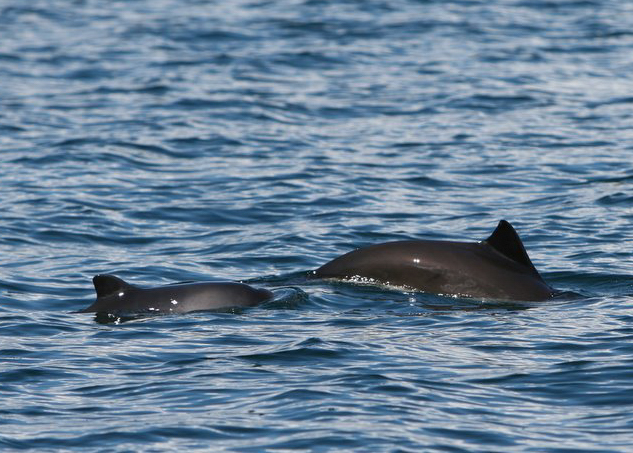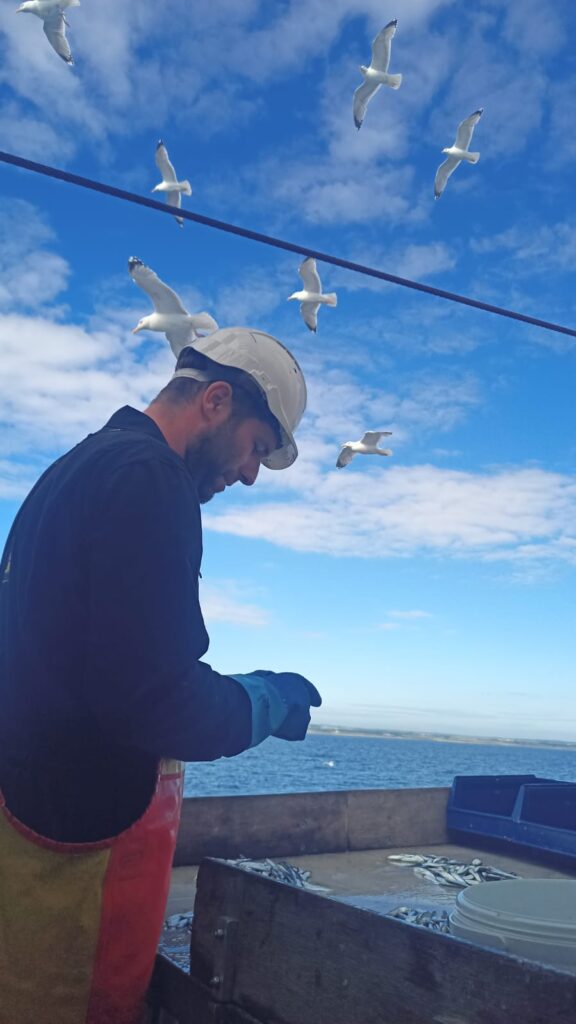Summer Surveys

Our fish and seabird survey in the Firth of Forth is going well having completed 6 out of 7 acoustic transects passing through the active OWF at Seagreen and NnG and the future sites at Berwick Bank and Inch Cape.
The team swapped their pelagic net for a demersal net in Leith and since have managed to sample 12 demersal stations.
The team have measured over 12,000 fish so far, including sandeel, sprat, herring, whiting, haddock, diverse flatfish and many others.

The seabird at sea survey conducted during the acoustic transect have identified over 23,000 seabirds, most of which being guillemots though a lot of data was also collected for kittiwake, puffin, razorbill and gannet.
At time of writing, the team are expected to finish their last acoustic transect and remaining demersal stations in the next few days before heading back to harbour in Fraserburgh, taking a rest and getting ready for the next Firth of Forth PrePARED survey at the end of July.
Information provided by Thomas Regnier, SGMD
Stakeholder Engagement
Paul Thompson, University of Aberdeen, gave a briefing on the effect of piling noise on marine mammals to a range of key stakeholders including:
- UK Government – Defra, Energy Security, DESNZ, MMO, MoD
- SNCBs – JNCC, NRW, NatureScot
- Devolved Administration – DAERA-NI, SG-Licensing
- Industry – Renewables UK

The aim of the meeting was to discuss how PrePARED results could be used to reduce the uncertainties associated with EDRs (Effective Deterrence Range) which is the potential range of temporary disturbance as defined in JNCC Guidance for offshore wind developers. This value (between 0 and 50 km) can be set manually by the user for each noise source in the Disturbance Tool. JNCC requested further discussions on how PrePARED may help with southern North Sea questions and how to maximise the use of resources, and ensure PrePARED results are entered into the system quickly (in time for 2025 consenting).
PrePARED will continue these discussions to ensure that outputs are effective for key stakeholders.
Quarter 2 Progress
We are pleased to provide Q2 (April-June) highlights below which have been included in our formal Q2 reporting process:
- Fisheries acoustic transect, trawl survey and fish tagging completed in the Moray Firth
- Initial results for Moray Firth BRUV research and Moray Firth fine scale marine mammal distribution where presented at the EIMR conference in Orkney
- Passive Acoustic Monitoring (PAM) data has been processed and deterrence functions estimated for marine mammal dose response curves
- PrePARED colleagues at the University of Exeter have conducted habitat similarity assessment for OWF sites with a final report expected in Q3 (July-September)


